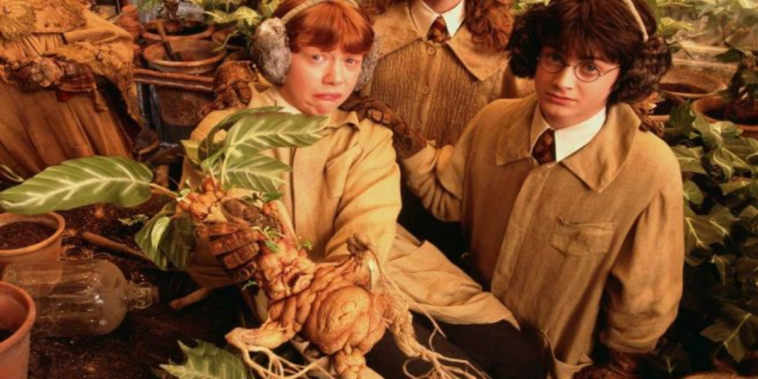Mandrake: from legend to science
Since ancient times, mandrake has been the subject of numerous legends, superstitions and rituals due to its magical properties, appearing in all the recipes for soothing and aphrodisiac potions of the time.
The magicians of the Middle Ages carved a human figure by pressing the root to a certain height to give it the shape of a neck and cutting all the forks to leave four, which would be the extremities. They looked for a human form and worshipped it as if it were a god.
The mandrake belongs to the Solanaceae family, like the potato, tomato or eggplant, and as such, it contains solanine and other alkaloids, very toxic molecules even in small quantities. Could the magical properties attributed to it be due to its chemical composition?
Let’s see what properties we are talking about. Let’s go back in time. A lot.
Genesis 30: 14-24
“Rachel and Leah were sisters and were married to their cousin Jacob. Reuben, Leah and Jacob’s son, came home with mandrakes fresh from the field and his aunt Rachel wanted some, which Leah was not very happy about, for she was jealous because Jacob loved her sister more. In the end she made a deal with her sister to get them: Rachel would let her sister Leah sleep with Jacob that night in exchange for some mandrakes.
“Considering that Leah already had several children by Jacob and that Rachel had been unable to conceive for years, it is believed that she was convinced that the mandrakes would help end her barrenness (several years later, she conceived two sons). But be careful, remember that correlation does not imply causation”.
If you see illustrations of the mandrake, you will often find a dog tied next to it. Why? Pure superstition. See.
“Man must beware of extracting it himself, for his life would be in danger. That is why a black dog must be tied to the top of the plant and whipped until the plant emerges from the earth and stands upright. At that precise moment, the human-shaped plant will emit a bloodcurdling scream and the dog will drop dead instantly.
To survive, the mandrake seeker must take the precaution of plugging his ears with wax.”
From legend to science:
Mandragora officinarum is a perennial plant that is not too tall, measuring at most 30 cms. However, the root can reach more than a meter in length and, as you know, can resemble a human figure (?). The fruits it produces are similar to those of other nearby cousins, in the form of red berries similar to small tomatoes.
Learn well how it looks like and where to find it because it has the little grace of being very toxic just by touching it. Leaves, fruits and especially roots should not be handled, as they can cause dizziness, shortness of breath and bradycardia (heart rate below normal). It is found in southern and central Europe, the Mediterranean and the Campo de Gibraltar.
The Solanaceae family is very broad. As we have already mentioned, within it there are very important species for food, such as potato, tomato, eggplant or bell pepper. Other species are ornamental, such as petunia, and others are known worldwide for their psychotropic effects and medicinal uses.
All of them have a common component: they are abundant in alkaloids, including the solanine that gives the family its name. Let us remember that alkaloids have an important physiological action even in low doses (nicotine is an abundant alkaloid in the tobacco plant, but it is also present in potatoes, tomatoes or eggplants, although in lower concentration).
The mandrake root contains very toxic alkaloids, such as atropine, hyoscyamine, scopolamine, scopine and cuscohigrine. Therefore, its consumption effectively has hallucinogenic and narcotic effects.
In low doses it has been used in ancient medicine to induce a state of forgetfulness, anesthetic, treatment of melancholy, convulsions, etc. American Indians used the root as a strong laxative, to treat worms, parasites and induce vomiting; they applied it topically for its antiseptic and pain-relieving properties. However, in high doses, it causes states of delirium and insanity and even death.
- Facebook Messenger

